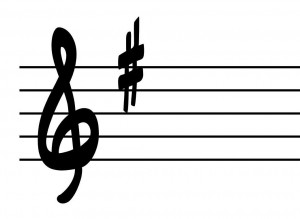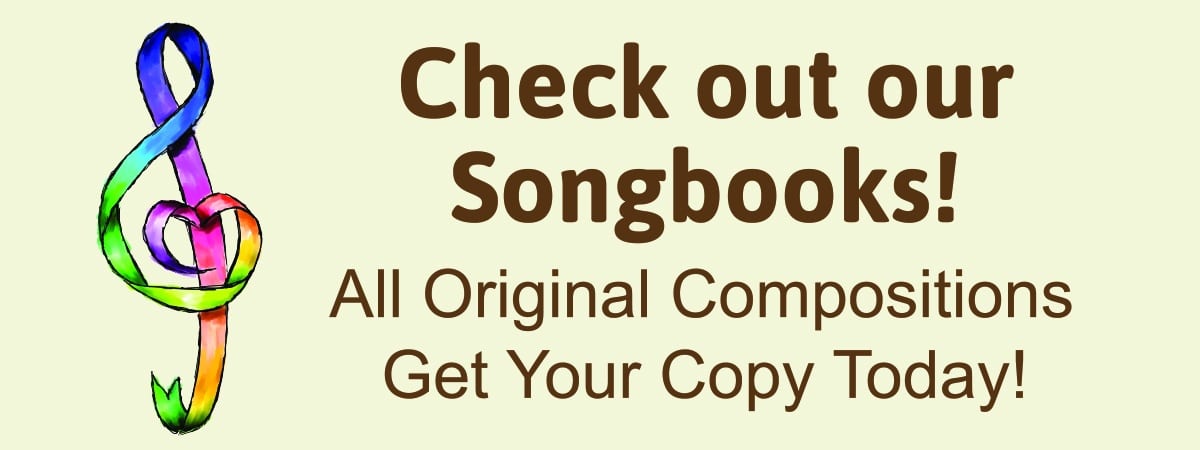Yesterday was tax filing day here at my house.
Actually, it has been tax filing week. Each year I seem to get more and more bogged down with finding and filling out forms. I like to think I’m organized, but every spring proves me wrong. The stress builds as I frantically search for Box 3 (B) subsection A, Item 1 on small pieces of paper that I can hardly read. If only there was a reliable system that I could trust would be the same from year to year. As I drifted off to daydream about numbers jumping off the page to taunt me, I began to think about how much stress is caused in our everyday lives by the demands of having to understand things that make no sense. And of course this led to thinking about how this kind of stress impacts my young students with disabilities all day, every day. That same wide-eyed panic that I feel when faced with a clutter of torn bits of paper and crumpled receipts is the same look I see in the eyes of my little ones when they face new or novel situations.
But new experiences, just like taxes, are a fact of life.
Being able to absorb and integrate novelty is critical for young children as they develop. Luckily, as music therapists, we do have a system that can give even the newest idea or experience a context and a familiar reference – musical scales. All of the children that I work with not only seem to ‘get’ scales, but they can demonstrate on a daily basis that they ‘get it’. Music cognition research fully supports this innate ability to ‘get’ familiar scale patterns. One of the music researchers that I often go to for information on music and patterns is Dr. Aniruddh D. Patel. You can read his comprehensive 2007 compendium- Music, Language, and the Brain – or access some of his lectures on YouTube or at http://nihrecord.nih.gov/newsletters/2013/06_21_2013/story2.htm.
Here are two suggestions of how I use the power and persuasion of scales to help my kids feel safe and able to understand what is happening, even when though don’t understand language.
Sol – La – Ti – Do: Moving Up and Forward
This upward scale sequence is so familiar to us that we might take it for granted in our work with children. I use it to introduce a new experience or to get us ready to start something. Often I will just sing or play the single tones with no other harmony and wait with an extended pause before finally moving to the ‘Do’. The silent anticipation of the children as they wait makes the air almost crackle with expectation. Those focused seconds of listening and regulating are followed by such excitement as they break into music making. They get it.
Sol – Fa – Mi – Re – Do: Moving Down To Completion
Descending down these five tones to the fundamental ‘Do’ gives the children a clear signal that things are coming to an end. I often pair the tones with words that explain such as “I sure had some fun”. Hearing this sequence again and again at the end of a session or end of an experience will help the children internalize the patterns of completion. Most of the students I work with will vocalize this descending scale along with me. And then I hear them using the same sequence independently helping to make the world a more understandable place.
Whew, I feel calmer already! Okay, now back to making sense of those tax forms.
Enjoy the music!
Beth


